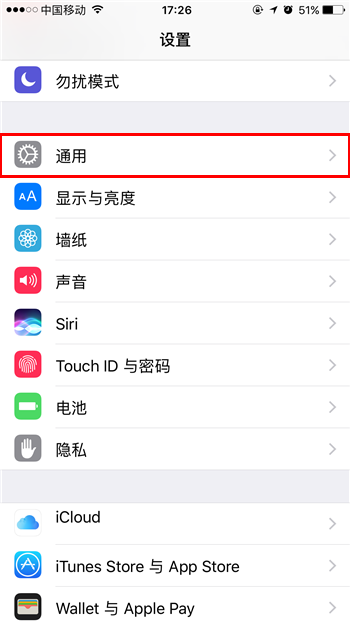IOS開發(41)之關於NSString和NSMutableString的retainCount
1. 字符串常量
NSString *s = @"test";
NSLog(@"s:%lx",[s retainCount]); //ffffffffffffffff(即UINT_MAX ( Maximum value an `unsigned int'))
因為"test"為字符串常量,系統不會收回,也不會對其作引用計數,即使我們對s如何retain或release。
2. stringWithFormat
NSString *s = [NSString stringWithFormat:@"%s", "test"];
NSLog(@"s:%d",[s retainCount]); // 1
使用stringWithFormat創建的NSString為變量,系統會進行引用計數。
2. stringWithString
stringWithString這個方法比較特別:它的retainCount取決於它後面跟的string對象
NSString *s1 = [NSString stringWithString:@"test"];
NSString *s2 = [NSString stringWithString:[NSString stringWithFormat:@"test,%d",1]];
NSLog(@"s1:%d",[s1 retainCount]); // 2147483647
NSLog(@"s2:%d",[s2 retainCount]); // 2
可以看到第一個為"常量"對象,其retainCount方法的實現返回的是maxIntValue。
第二個為2,這裡也很好理解,也證明了前面說的,這個方法生成的只是一個對另一個對象的引用。一個對象實例,兩次的stringWithString,它的retainCount為2,同時都被當前的AutoreleasePool管理。
NSMutableString* myStr3 = [NSMutableString stringWithString:@"string 3"];
輸出1,有引用計數




